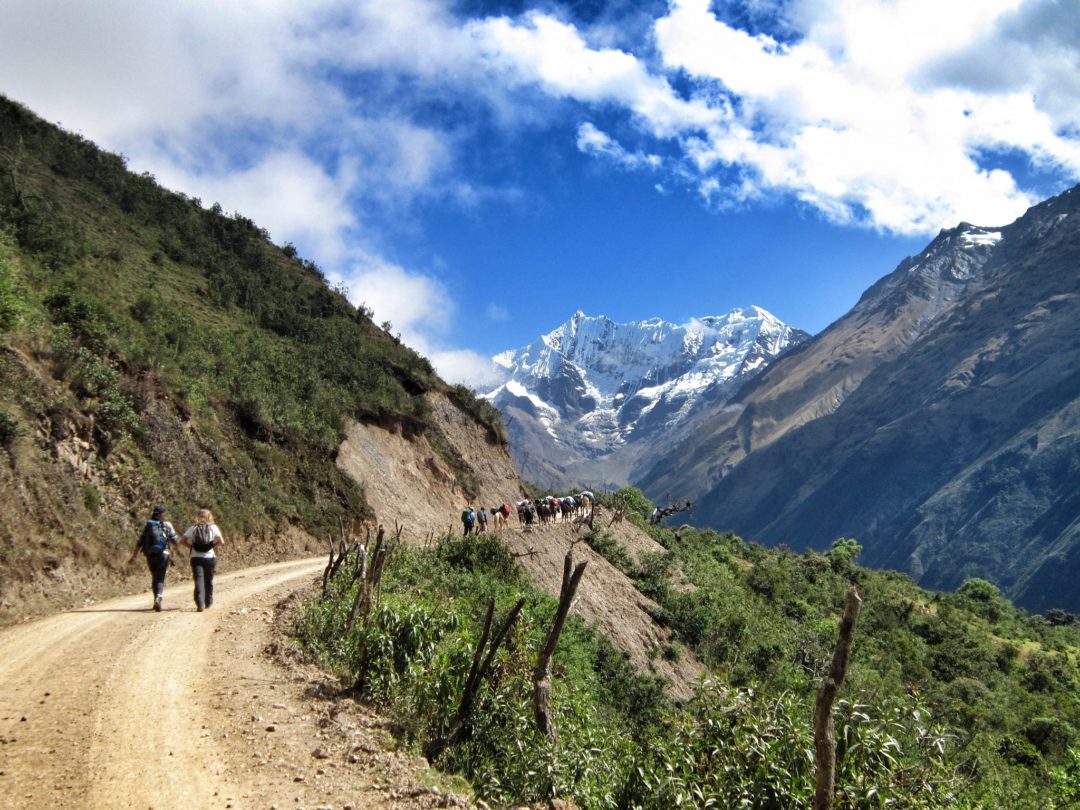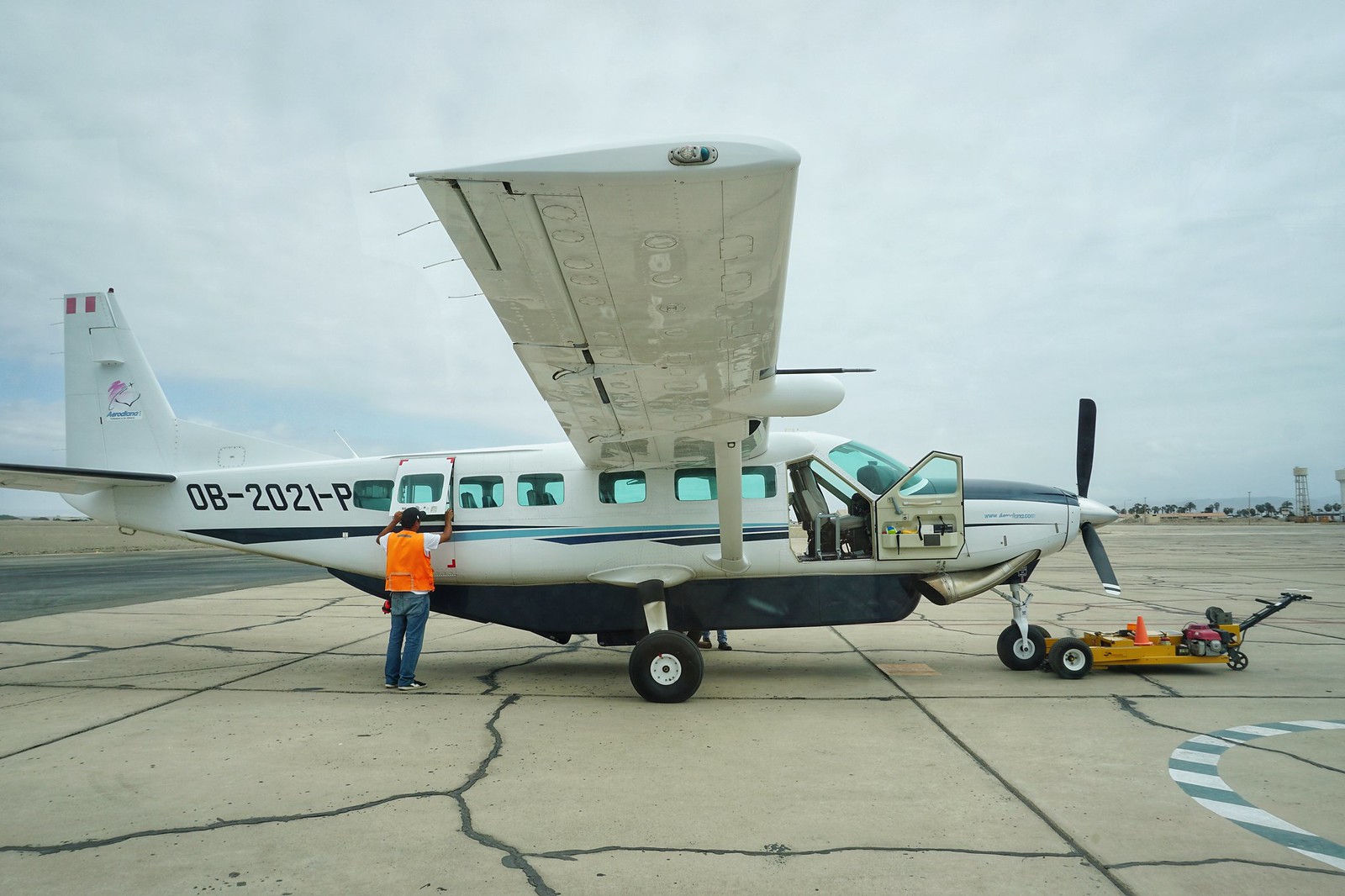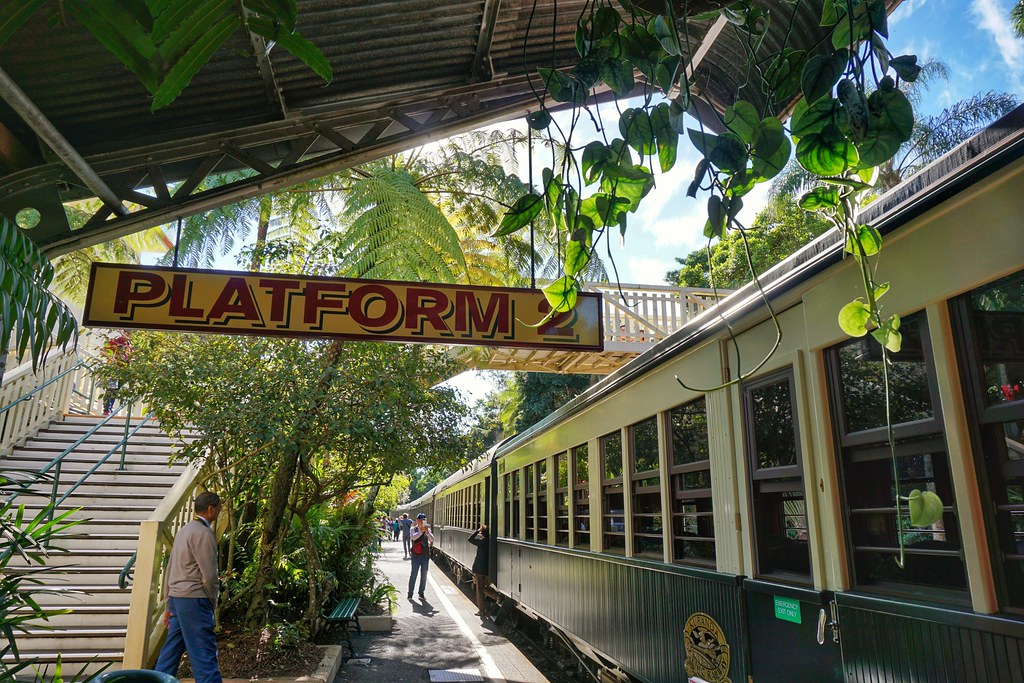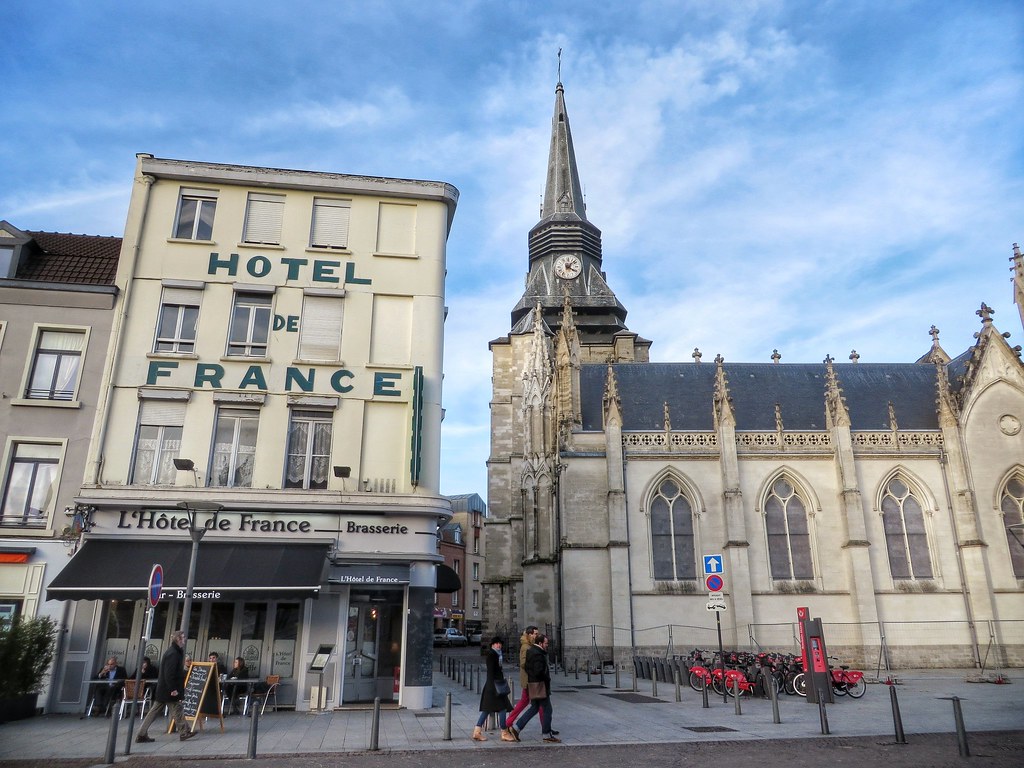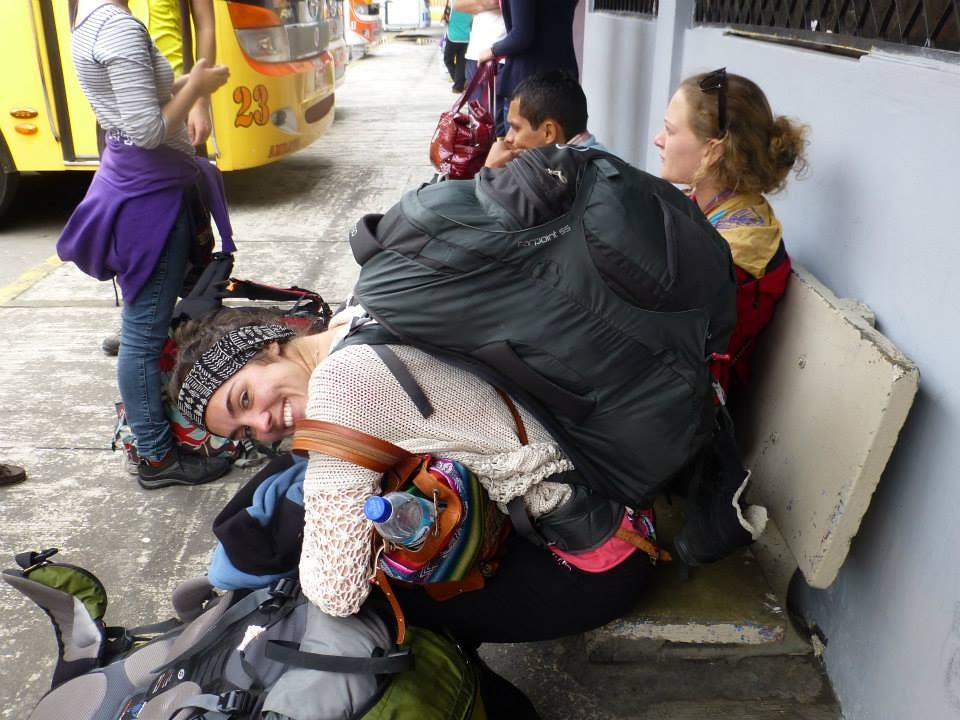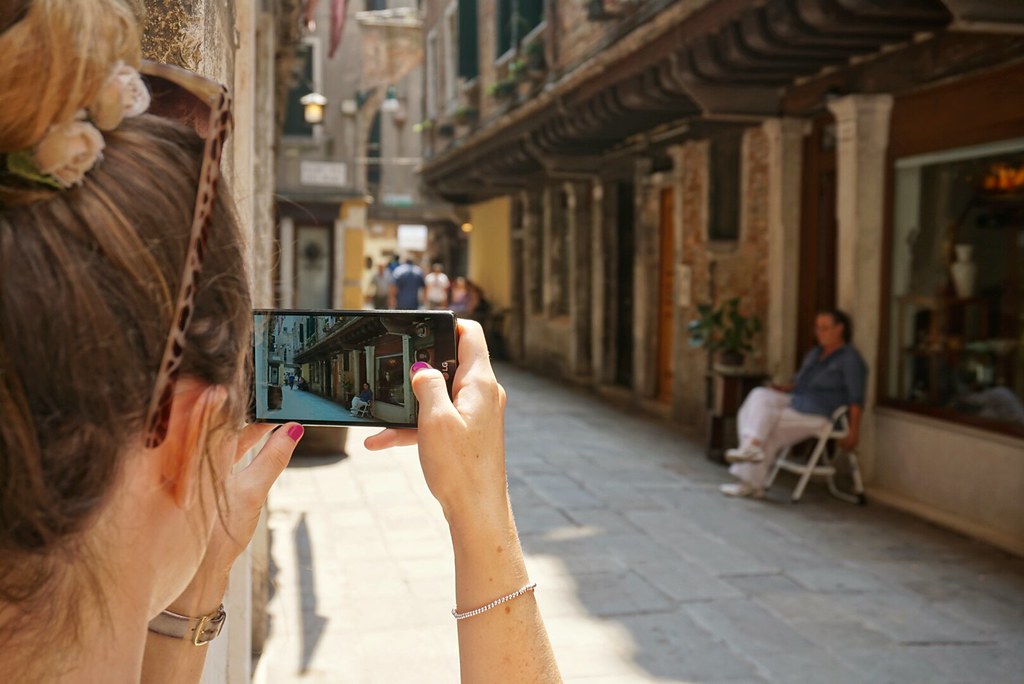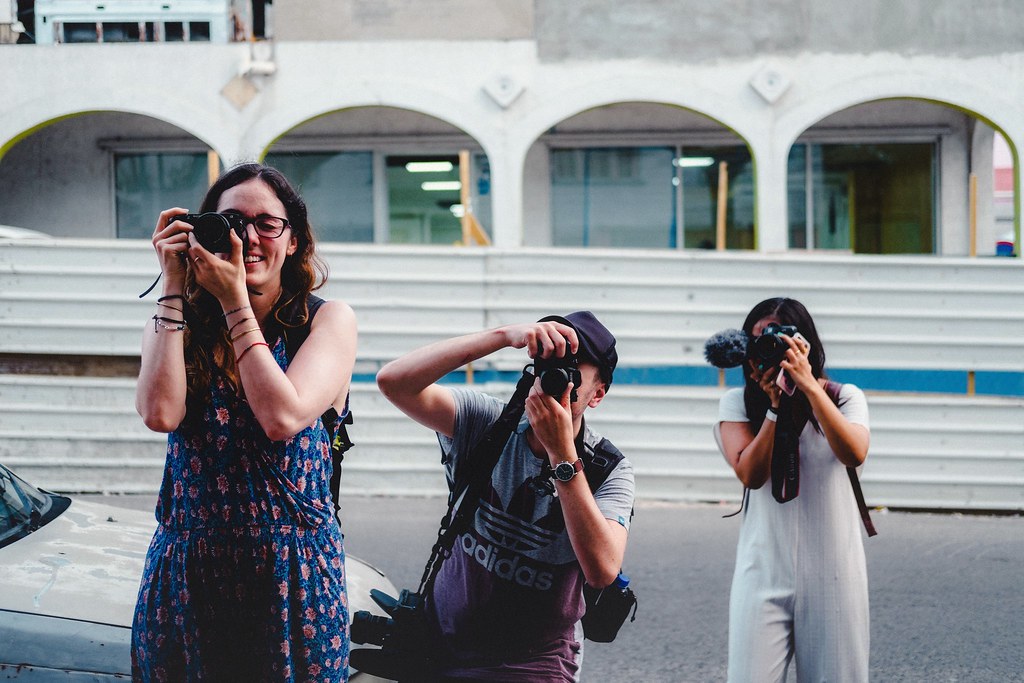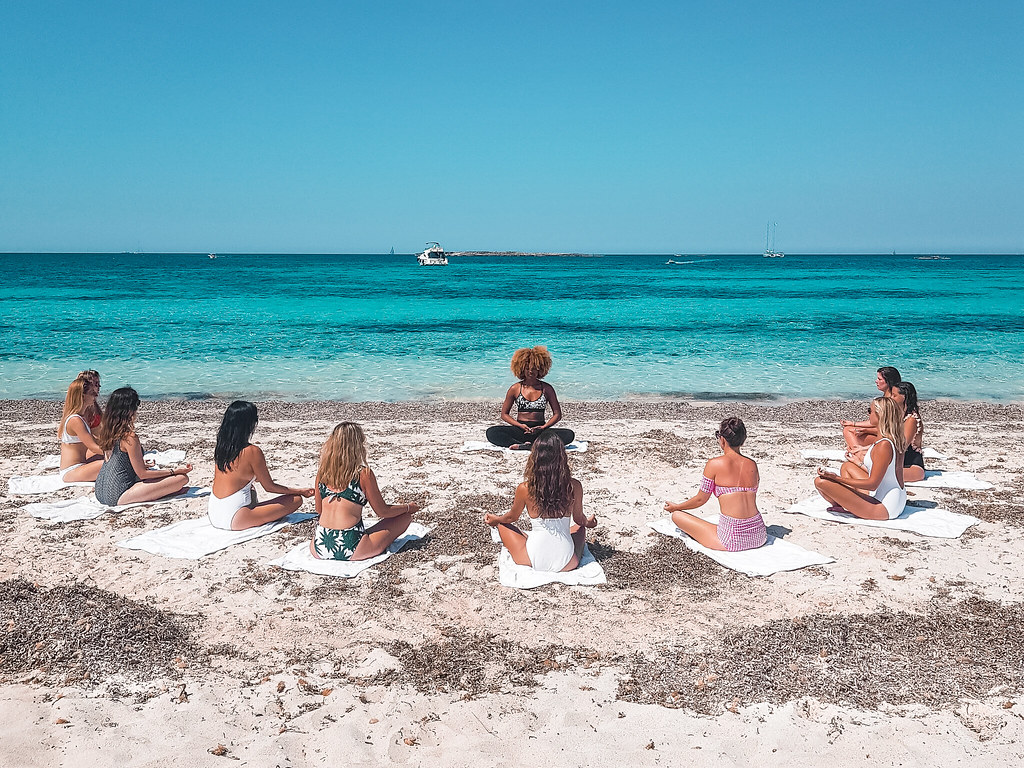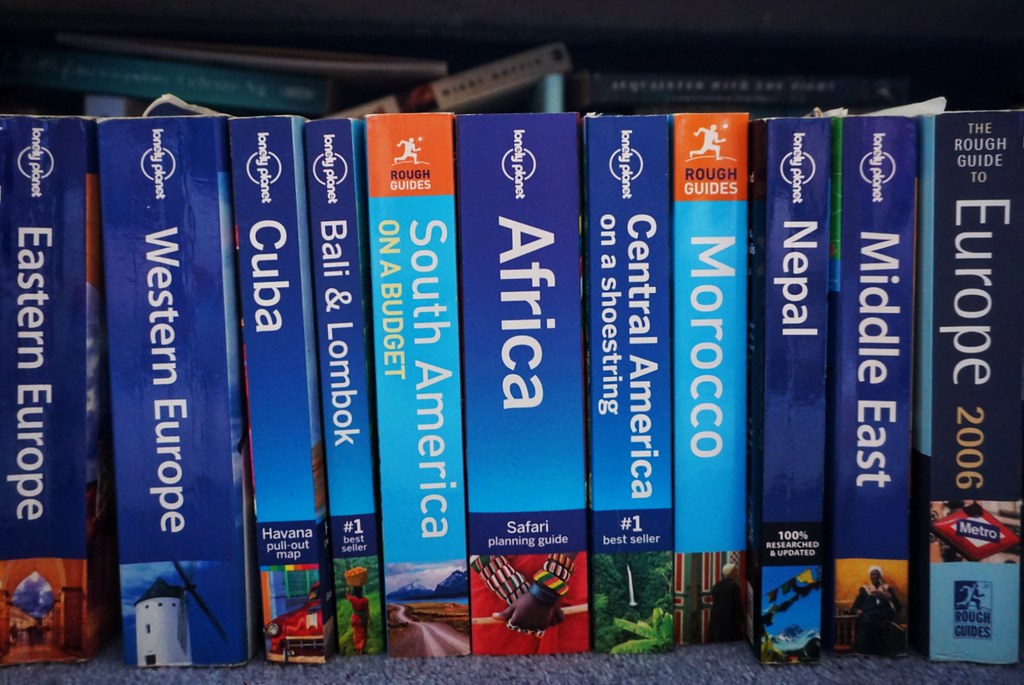Are you looking for help with researching flights, booking accommodation and what electronics you need for your trip? I’ve got you covered.
When I first started travelling, I didn’t really know what I was doing. I bought my first backpack for £30 in Covent Garden market (it fell apart pretty quickly); I volunteered in Kenya with a wardrobe exclusively comprised of brand new shorts and teeshirts from Primark I’d bought especially, but which I truly hated wearing; and I had no idea how to find cheap flights.
But every new trip brings a new piece of education with it, and I’ve learned a great deal about my travel style.
Of course, everyone travels differently. You might be a carry-on-only backpacker who loves staying in hostels, or you might prefer taking your wheeled suitcases to beautiful hotels. You might love capturing your trip with drones and GoPros – or you might travel totally tech-free. But that doesn’t mean you can’t learn something from the way I’ve decided to travel.
After ten years of solo travel around the world, I’ve put together this comprehensive list of all the sites, products and travel resources I personally use and love. I hope you find it useful!
NB: This page does include some affiliate links, but it won’t cost you anything to click on them – it just helps me with the cost of running this site!
Booking Flights
My top tips when researching and booking a flight are to always search in an incognito browser window. That way, the site won’t store any cookies and you’ll always see the cheapest deals. After researching, you should also try to book directly through the airline itself as there can be hidden charges on aggregate site.
Skyscanner
I usually check Skyscanner first whenever I’m researching flights. Their ‘flexible dates’ option and the ability to search for whole regions/countries instead of just one airport makes it easy to find the cheapest price.
Expedia
Much like Skyscanner, I use Expedia to compare prices between lots of different airlines and wait to see when ticket prices drop – then I book through the airline directly.
Overland Travel
Seat61
The Man in Seat 61 (otherwise known as Mark Smith) has an almost unparalleled amount of information on train travel in the UK, Europe and the world at large – yet it’s still a personal website with independent travel advice.
Trainline
This independent site shows timelines for bus and train routes across the UK.
Flix Bus, MegaBus, and National Express
For cheap bus and coach travel across the UK and Europe, check out both of these sites. National Express buses are usually the most expensive but their services are more comfortable. The cheaper options aren’t that bad, either – I once rode the MegaBus for 19 hours from London to Leon in order to begin walking the Camino, and apart from a pretty numb bum it was fine!
Uber
For some strange reason, the first Uber taxi I ever used was in Bogota, Colombia in 2014 – and I really didn’t believe how popular this system was! Yet Uber now operates in over 60 countries and 400 cities – seriously helpful when you land at a foreign airport, open up the app and order a taxi without needing to have local currency with you.
City Mapper
I’ve been using CityMapper to get around London on public transport for years, so imagine my surprise when I accidentally opened the app in Amsterdam and realised it worked there too! CityMapper uses public mapping for all kinds of urban transit, and has guides for dozens of cities including Berlin, San Francisco, Istanbul, Mexico City and Moscow.
Google Maps
The most commonly used transport and mapping app is most likely Google maps. As I don’t drive, I tend to check Google maps alongside CityMapper for the best routes on public transport.
Finding Accommodation
I’ve tried all kinds of accommodation options – from cheap dorms in hostels to strange little bed and breakfasts to fancy hotels on press trips – and they all have their positives and negatives. I’ve recently started to love Airbnb, which can often cost the same as a hostel if you look hard enough!
HostelWorld
It’s common knowledge that hostels are the best option for a cheap, no-frills stay, but you can also find some seriously lovely boutique hostels and charming guesthouses which don’t feel like you’re roughing it at all. Now I’m in my thirties I tend to choose private rooms in hostels via HostelWorld, as I get the social side of hostel life (and often a free breakfast) but also have my own space. It’s a win-win!
Booking.com
When I’m looking for hotels and B&Bs I use Booking.com, as it’s a really easy site to navigate. Hotels are often the easiest, most expensive and least personal of accommodation experiences when travelling, so I tend to use them the least.
Airbnb
I’ve stayed in quite a few Airbnbs with other people but only recently started booking them on my own – and I actually really like it! Although it can be expensive to book an entire apartment to yourself, there are plenty of listings for ‘private rooms in shared apartments’, which means you get a hotel-like private space along with a bit of hostel-esque social interaction. Airbnbs usually feel homely and can be in really interesting areas of a town or city.
Tip: Remember they’re almost always self-catering, so factor in the cost of buying groceries/eating out.
Use this Airbnb link for £25 off your first stay!
Homestay
If you’re looking for a local experience, using Homestay can be a great way to meet a local family and enjoy a different perspective of a country. It’s similar to Airbnb except the focus is more on your interactions with your host family, who you’ll be paying in exchange for your room.
Couchsurfing
For extreme budget travellers or people searching for a unique experience, Couchsurfing is a popular choice. Your bed could be anything from a mattress in a private room to a hammock to the quintessential couch – but it’s always free.
If you’re not keen on sofa surfing then the community of travellers who use the Couchsurfing message boards are still a really useful resource for local activities and info – I found myself an apartment in Medellin on here!
Read more: my accidental Couchsurfing experience in Colombia
Travel Gear
I’m a firm believer in travelling with items that you’ve already used before. In terms of baggage, I’m obsessed with little pockets and dividers in my backpacks and cases; and when it comes to general travel gear, I like lightweight eco-friendly products which have multiple uses and help me stay organised.
Eastpak Tranverz rolling suitcase
I use this case for weekend trips, city breaks, and most of my travels in Europe. It’s perfect for a carry-on but can hold a huge amount: inside there are two zippered compartments and a laptop sleeve suspended in the middle, and it has adjustable clip straps on one outer side – perfect for holding a yoga mat or rolled up coat.
Ethnotek backpacks
The Ethnotek Premji is my quintessential everyday pack – it’s slimline, overflowing with clever compartments and features a gorgeous unique design. Ethnotek is run by Jake and Cori, an American couple who I met in Bali and immediately adored. In fact, I love this company so much I wrote a whole article about Ethnotek here.
Osprey packs
I’ve been using various Osprey packs for the last decade of travel: they’re waterproof, durable and seriously lightweight. The Osprey Farpoint 55 litre pack with detachable minipack was my trusted companion around Asia and South America, and the Osprey Tempest 30 litre pack carried all my hiking gear when I walked the Camino de Santiago through Spain.
NB: Some of the Osprey packs don’t feature a supportive hipbelt, which I think is a necessary part of a backpack when you’re travelling. After all, who knows when unexpected protests will stop your bus and force you to walk 100kms?
Read more: A packing list for female pilgrims on the Camino de Santiago
eBags packing cubes
Packing cubes are perfect for maintaining more efficient organisation in your bag. I travel with two small ones for my tops and underwear/bras/socks, and a medium one for bottoms.
Dry bags
There’s always the possibility that your backpack will get leaked on while it’s stored under a bus – trust me, it happens. I store my cables and chargers in a dry bag within my main pack, and I also have a small lightweight, non-padded dry sack in my hand luggage bag to put my camera in.
Silk liner
If you don’t want to travel with a sleeping bag, carrying a silk liner is a good compromise – they’re lightweight and useful if you’re trying to keep the bugs away. Get one with a silk pillowcase included and it’s an added precaution against dodgy-looking linens, too!
Micro towel
They might not get you totally dry, but a microfibre towel saves acres of space and weight in your bag – and they air out quicker than a regular towel too. You could also use a sarong instead, especially in hotter countries.
Mooncup
Using a Mooncup has been a game changer for coping with my period when on the road, and I’d say they’re essential for female travellers.
Solid shampoo
Solid shampoo is the perfect way to get around airline restrictions on liquids (and to avoid leaking bottles in your bag). I use a LUSH bar of combined shampoo and conditioner, but there are plenty of different brands out there.
Read more: Check out my favourite eco-friendly travel products
Electronics & Technology
Huawei P9 smartphone
I’ve always used Android phones as they allow me to use external storage cards (I take a lot of photos and save a lot of music playlists) and have the possibility of using a second SIM, too.
NB: Make sure your phone is unlocked if you’re planning to switch out your SIM card for an international one.
Cheap phone
I bought a phone for $20 in Ecuador and it was all I used for 18 months in South America. Although it could only store twenty texts at a time (how old school!) this phone could easily switch out SIM cards, and it was so cheap I didn’t care if it got lost or stolen.
NB: I only take a phone like this for long term travel, and I’d still recommend having some kind of device with internet access.
RavPower portable charger
This portable charger is a little weighty, but the battery lasts for ages and it can charge multiple devices at once. On a busy day of sightseeing I don’t have to worry about my phone or camera dying, so it’s worth the extra weight.
MacBook Air
This is the lightest laptop I’ve owned, making it great for travel.
iPad
When I traveled South America for eighteen months, I didn’t have a laptop or smart phone so my iPad was the sole internet-connected device I used. I wrote blog articles using a bluetooth keyboard and an app called Blogsy. It wasn’t the easiest method but I managed to make it work!
Seagate portable 2TB external hard drive
I try to back up my photos and documents as often as possible on an external harddrive. The Seagate 2 terrabyte drive has more than enough space for anything you want to store on it, and is featherlight!
Kindle Paperwhite
My dad gave me an old school kindle many years ago and it’s still just about managing to hold on – but the Paperwhite’s touch screen and backlight feature is sorely tempting.
Photography & Camera Gear
Sony A6000 camera
I’ve always travelled with a camera instead of relying on a phone – but as I haven’t mastered using a DSLR yet, the Sony A6000 was the perfect choice for me. It’s a mirrorless camera so it’s pretty lightweight, and it’s also wifi-enabled so you can send your photos directly to a dedicated app on your phone.
Canon PowerShot SX270 camera
This was the point and shoot I used as my only camera in South America: it’s got an amazing zoom range and is perfect as a little budget option.
GoPro Hero 4
I’m a recent convert to the GoPro tribe, but I love how sturdy and tiny it is.
SanDisk 32GB memory cards
I always have one SD card in my camera and at least another one spare. SanDisk cards are good quality and have a little space for labelling on the front.
SD card reader
You should never plug your SD card straight into a computer (which I learned the hard way in an Indian internet cafe!). Instead, use a card reader to transfer your images – and optimally back them up on Dropbox and an external hard drive too.
Snapseed & VSCO
I do all my photo edits on my phone, and my favourite apps are Snapseed and VSCO – both have an easy user interface and plenty of pre-set options. Plus they’re both free!
Useful Travel Apps
Skype
Skype to Skype calls are free anywhere in the world, but it also allows you to make really cheap calls to normal numbers too – a lifesaver if you have to call your English bank when you’re in the middle of Ecuador.
I use WhatsApp at home to stay connected to friends, but it’s also good as an alternative to texting when you’re abroad too: just buy an international SIM with data instead of a messaging plan, as WhatsApp uses very little data.
XE currency converter
XE works on live exchange rates for every world currency. As a result, the exchanges it gives you can be a little higher than in reality but it’s great to gauge the general amounts you’re working with.
Spotify
Spotify is a digital music app where you can save songs and curate playlists. It’s free with ads or £9.99 a month for ad-free tunes (I have a subscription but it’s more than worth it!).
Netflix
You can stream TV shows and movies to your laptop, phone and TV using Netflix at a cost of around £10 per month. The catalogue of available shows will change depending what country you’re in, which can be a pretty great way to discover a new series to binge on!
Duolingo
Duolingo is a free language learning app – simply download the language you want to learn and complete the modules. Duolingo is designed to be used in short bursts so the app is colourful and has lots of easy methods, like matching images to words and phrases, and typing out what you hear.
Google Translate
Having a translation app on your phone can be seriously useful. I’ve had many stilted but manageable conversations with taxi drivers and passersby using Google Translate – just double check it works offline before you travel!
Headspace
This meditation app has dozens of guided meditations read by the app’s founder, Andy Puddicombe. It also tracks your progress and sends reminders to meditate each day.
Clue
It can be easy to disrupt your menstrual cycle when travelling, so using an app like Clue to track your periods is really useful for me. Clue is a free app and helps you predict when your next cycle is due – a lifesaver when you’re trying to decide when to book that 24 hour train ride!
Evernote
As someone who writes down everything, Evernote is one of my most used apps. You can group your notes into different folders, scan documents with your phone’s camera and sync across multiple devices (although if you use the free subscription you can only use the app on two devices – I choose my phone and my laptop).
Dropbox
If your travel photos get accidentally deleted it can ruin a trip. Backing up your photos on Dropbox allows for peace of mind – and make a folder with important documents like your passport, bank cards and vaccination certificates too, just in case.
Travel Reads
Guidebooks
I used to carry physical guidebooks in my backpack, but thanks to the invention of the kindle I download digital copies. Lonely Planet and Rough Guides are the two best guide series.
Travel writing
I love reading books about the countries I travel to. The following books, both fiction and non-fiction narrative, have all inspired me to visit the places they’re set in:
As I Walked Out One Midsummer Morning by Laurie Lee. What starts as a whimsical journey spent walking through Spain in 1934 subtly morphs into the British author’s observations of national tensions rising before the Spanish Civil War breaks out in 1936. It’s a beautiful piece of travel writing from a fascinating era.
The Colour by Rose Tremain. This haunting historical novel is set during the 19th century gold rush era in New Zealand, and traces the journeys of a few chosen characters as their lives intersect in an unforgiving landscape.
Into Thin Air by Jon Krakauer. Although this book made me rethink any dream of climbing Everest, Krakauer’s detailed report of being involved in the 1996 Everest disaster, where eight climbers died after being trapped in an unexpected storm, is a compelling and frantic read.
Jupiter’s Travels by Ted Simon. Motorbiking around the world for four years in the 1970s is guaranteed to yield some incredible stories, and Simon’s memoir has inspired countless travellers to attempt the same type of journey – including the actor Ewan McGregor.
The Kite Runner by Khaled Hosseini. The debut novel takes place in Afghanistan and focuses on the friendship between two young boys with constant political upheavals as a backdrop. It’s a stunning book, not least because Hosseini paints such a vivid picture of a country many people know so little about.
Marching Powder by Rusty Young & Thomas McFadden. If you’ve ever wondered what prison in Bolivia is like, this tell-all memoir from the perspective of a British drug smuggler imprisoned at San Pedro jail in La Paz reveals every gritty, dangerous detail.
On The Road by Jack Kerouac. One of the first travel books to inspire me was Kerouac’s novel about cross-country travel in the US with a group of friends in the search for true experience.
One Hundred Years of Solitude by Gabriel Garcia Marquez. Set in a fictitious town in Colombia, Marquez’s epic novel is a wonderfully complex retelling of how two families rise and fall over the course of a century.
The Outrun by Amy Liptrot. As a child, Liptrot can’t wait to escape her Scottish island home of Orkney – but once she moves to London and becomes an alcoholic, her salvation seems to lie back in the natural world of her youth. This lyrical memoir weaves together recovery and and the power of nature, and stays in your memory long after you’ve finished reading.
Shantaram by Gregory David Roberts. When a convicted Australian bank robber flees to India in order to disappear, he’s not expecting to be embraced as a foreign doctor while living in the slums of Bombay (Mumbai). Although there are some doubts as to the veracity of this ‘true’ story, Roberts delivers a fantastical page-turner which is all but essential reading for India travellers.
Wild by Cheryl Strayed. Hiking the Pacific Coast Trail in North America is Strayed’s meditative solution to deal with her mother’s death and her past heroin addiction. This is a fierce and unapologetic travel memoir which has inspired multitudes of women to strap their boots on and go walking.
Read more: My favourite reads from travel bloggers who’ve written books
Travel Insurance
You should always purchase comprehensive travel insurance before leaving for a trip. I usually use World Nomads as it’s designed for adventurous travellers, and recommend it to anybody who asks – the site allows you to customise a policy based on which countries you’re visiting and what activities you’ll be doing. Just make sure you read the small print!

